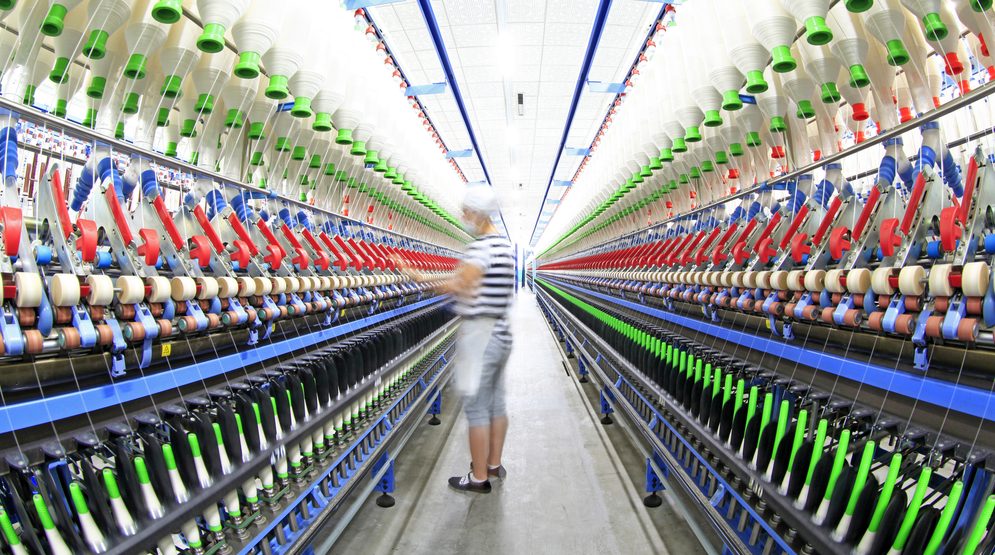Economics & Finance
• 5 minute read
Pros and Cons of Procurement Outsourcing in China

Hsu, Vernon Ning(徐寧), Zhu, Kaijie(朱凱捷)
Many large multinational corporations outsource their production to Chinese manufacturers to cut cost. Should they outsource component procurement to them as well?
By Jiayan Xu, PhD Candidate, Department of Decision Sciences and Managerial Economics, CUHK Business School
In the last few decades, China has been using its advantages such as low labor costs and export-oriented policies to attract the world’s top multinational firms (MNFs) to do business in the country. As a result, many have outsourced their manufacturing to Chinese contract manufacturers (CMs). For example, Apple relies on Foxconn to produce its iPhones, iPads and Mac notebooks.
Outsourcing production to China lowers cost which would be beneficial for other aspects of the business too; however it is not as easy to do. Managers and scholars have wondered if MNFs should outsource their component procurement functions as well.
When MNFs authorize their Chinese CMs to purchase required components, the corresponding supply chain structure is defined as a “turnkey”. Toy and games maker Mattel issued its Chinese CM (Lee Der Industrial) to buy paint from suppliers. American heparin manufacturer Baxter relies on Shenzhen Hepalink for both manufacturing and purchasing services. By doing so, MNFs can focus on product design and marketing activities. The turnkey structure can also reduce component prices since Chinese CMs can combine the purchasing needs of several companies.
However, this system is not without its risks. Under the turnkey structure, Chinese CMs might act in their own self-interest rather than the MNFs, resulting in issues of “loss of control” or “abuse of power”. They might take advantage of a MNF’s large purchasing scale to benefit their own business. For example, Motorola’s CM often consolidates component purchases for two or three different customers, which may include Motorola’s competitors, into a single blanket order with local original equipment manufacturers (OEMs). There’s little to prevent the CM from purchasing components for Motorola’s competitors using Motorola’s price.
In practice, many local OEMs in China and MNFs rely on the same CMs to purchase components and manufacture products. Esquel Group manufactures pure-cotton shirts for both Ralph Lauren and Metersbonwe, a famous clothing brand from China. And while Apple purchases most components themselves, otherwise known as consignment, they depend on Foxconn, the world’s largest CM in electronics, for manufacturing as do many other Chinese smartphone companies like Xiaomi.
This introduces a new supply chain structure where competitors “cooperate” with each other at the purchasing and manufacturing stages but compete for end customers. Clearly, delegating component procurement procedures to a common CM may reduce the component wholesale price. However, doing so may also help local rival companies reduce their costs, which in turn makes the downstream market competition more intense. A natural research question then arises: should MNFs select a turnkey structure when Chinese CMs also serve their local competitors?
Besides the economic environment, MNFs’ operations are also deeply affected by the tax situation in China, especially the value-added tax (VAT) policy. The Chinese government’s adjustments to the VAT refund policy have caused significant concerns for many MNFs operating in China. With the recent downward adjustments of China’s VAT refund rate, corporations can use consignment or turnkey contracts to mitigate the increased cost associated.
In reality, China’s VAT refund is partial and incomplete. It essentially results in an output tax levied on an exported product. Therefore, exporting firms have strong incentives to increase sale prices to mitigate the negative VAT effect.
With such a tax system, MNFs’ purchasing and manufacturing costs are significantly different under a consignment or turnkey structure since different supply chain parities are levied different VATs. Under consignment, both the component supplier and the Chinese CM receive VAT refunds and are subject to export disadvantages resulting from the partial VAT refunds. Under the turnkey structure, only the CM receives the VAT refund. Upstream firms’ equilibrium wholesale prices and downstream firms’ purchasing quantities will change accordingly.
For this practical problem, Prof. Prof. Vernon Hsu, Choh-Ming Li Professor of Decision Sciences and Managerial Economics and Prof. Kaijie Zhu, Associate Professor of the same department at CUHK Business School developed an analytical framework to evaluate four major supply chain structures they observed in practice.
In the study, they built a stylized four-player mathematical model comprising of a local component supplier, a local CM, a local OEM that sells products in the Chinese market only and a MNF that sells products in both overseas and Chinese markets. The focus was the impact of downstream competition, global market potential and China’s VAT refund policy. They compared MNF’s profits under both consignment and turnkey structures to see whether procurement outsourcing leads to a better performance in its global operations.
The researchers found that the market size of the overseas and Chinese markets holds the key in a MNF’s selection of outsourcing structure. When the market size in China is in a moderate range, the MNF would prefer consignment rather than the turnkey structure. This is consistent with our observations of MNFs currently operating in China as the majority have adopted the consignment sourcing strategy. Motorola, which once used the turnkey structure, switched back to consignment in 2003. However as the China market continues to develop and grow, they predict that some MNFs might do the opposite and change their sourcing strategy back to turnkey in the future.
Implications on China’s VAT refund policy
The study shows that if the Chinese market size is small, increasing the VAT refund rate would benefit the local CM. Since the 1990s, the Chinese government has increased the VAT refund rate several times to strengthen China’s role as the world’s factory. In recent years though, the researchers have witnessed downward adjustments of the VAT refund rate to encourage the development of domestic OEMs.
However, contrary to our traditional understanding that reducing the VAT refund rate would always hurt local CMs, it has actually benefited them as well since the consumer demand within the Chinese market has increased immensely. Therefore, the research shows that the recent decrease of China’s VAT refund rate is actually beneficial for both local CMs and OEMs.

Hsu, Vernon Ning(徐寧)
Choh-Ming Li Professor of Decision Sciences and Managerial Economics

Zhu, Kaijie(朱凱捷)
Professor
Director, MSc Programme in Business Analytics

